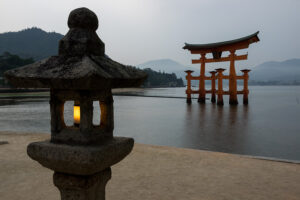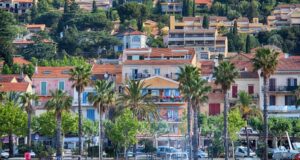Nine cities where dying is illegal
Over the years, some towns and regions have introduced laws “banning” death. While these rules might sound bizarre, they usually aim to highlight local challenges.
In various parts of the world, some municipalities have enacted unusual laws that effectively make it illegal to die within their limits. These laws often arise from practical concerns, such as the lack of burial space or environmental regulations. Here are five notable cities where dying is technically against the law:
- Sellia, Italy

Sellia, Italy
In 2015, the mayor of Sellia, a small Italian town, passed a law declaring it illegal to die or fall ill. Residents had to undergo regular health checks or pay a €10 fine each year.
This wasn’t just a silly rule—it had a serious purpose. Sellia’s population was shrinking, so the law encouraged healthier lifestyles to keep residents alive longer. The mayor wanted to ensure the town’s survival by focusing on preventive care.
2- Sicily (specific towns), Italy
Some towns in Sicily have also enacted similar bans due to issues related to cemetery capacity and management challenges associated with burials. These laws serve as temporary measures while local governments seek solutions for expanding burial facilities.
These laws are often seen as absurd or humorous but reflect real challenges faced by municipalities regarding land use and public health
3- Biritiba Mirim, Brazil
In 2005, Biritiba Mirim, a town in Brazil, “outlawed” death after its cemetery ran out of space. Environmental laws prevented the town from expanding the graveyard, so officials banned dying as a form of protest.
READ ALSO: 11 weird sexual traditions around the world
This proposal was intended as a humorous yet serious commentary on the pressing issue of limited burial grounds in urban areas.
The law wasn’t enforceable, but it grabbed attention. Eventually, it helped the town get approval to create more burial spaces
4- Falciano del Massico, Italy
In 2012, the Italian town of Falciano del Massico faced a similar issue. Its cemetery was full, so the mayor announced a ban on death until a new burial ground could be built.
This rule was meant to show the urgency of the situation. The ban didn’t last long, as the town soon got permission to expand its cemetery
5- Ancient Delos, Greece
Back in the 6th century BCE, the Greek island of Delos was considered sacred. To preserve its purity, both death and birth were banned on the island. Graves were dug up, and anyone near death or about to give birth was sent away.
Today, Delos is a UNESCO World Heritage Site, and while the no-death rule no longer exists, its history is fascinating.
6- Itsukushima (Miyajima), Japan

Itsukushima, a sacred island in Japan, once had strict rules against dying and giving birth. Only Shinto priests and priestesses were allowed to live there, and visitors nearing death or childbirth were escorted off the island.
The rule was abolished in 1868, but even today, burials and cremations aren’t allowed on the island. Itsukushima remains a symbol of spiritual cleanliness and draws visitors for its stunning beauty and cultural significance.
7- Longyearbyen, Norway
Located on Svalbard Island, Longyearbyen has a unique situation due to its extreme cold climate. The permafrost prevents bodies from decomposing, leading local authorities to impose a ban on dying in the town. This law reflects both a practical concern for public health and an effort to maintain the community’s standards.
8- Cugnaux, France
In Cugnaux, a suburb of Toulouse, the mayor imposed a ban on dying as a creative solution to obtain permission for a new cemetery. The local government had been unable to secure approval for additional burial space, so this unconventional approach was taken to highlight the urgency of the situation.
9- Le Lavandou, France

Similar to Cugnaux, Le Lavandou faced environmental concerns that prevented the establishment of a new cemetery. In response, the mayor declared that dying was illegal in an attempt to draw attention to the need for more burial options in this coastal town.
Why do these laws exist?
These “death bans” may sound funny, but they often address real problems:
Health Promotion: In Sellia, the law encouraged residents to take better care of their health.
Cemetery Shortages: Towns like Biritiba Mirim and Falciano del Massico used the bans to highlight their lack of burial space.
Spiritual Beliefs: In Delos and Itsukushima, the rules protected the sanctity of these sacred places.
While it might sound absurd to make dying illegal, these laws often had practical purposes. Whether it was encouraging better health or solving burial crises, they show how communities can use creative (and sometimes strange) ideas to tackle tough problems.


